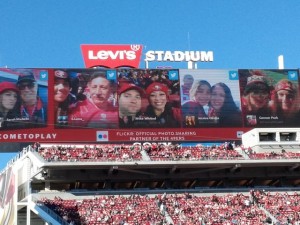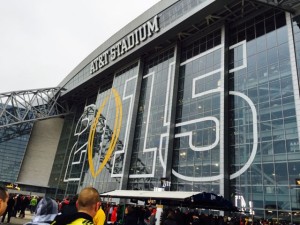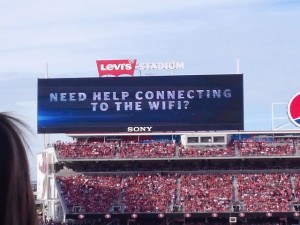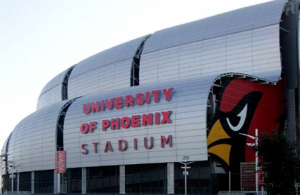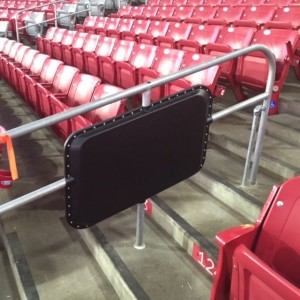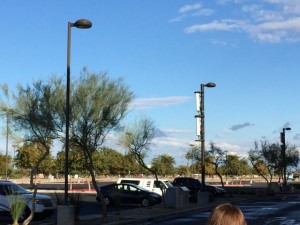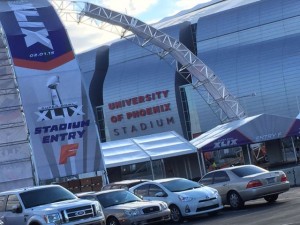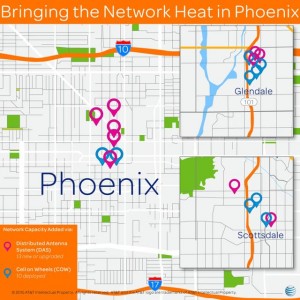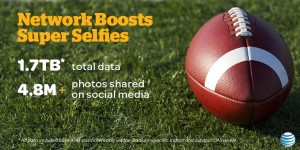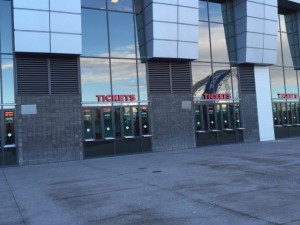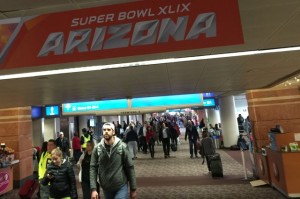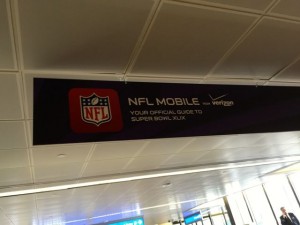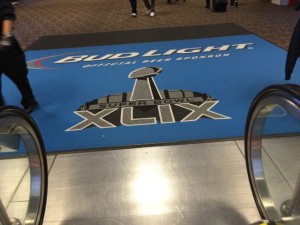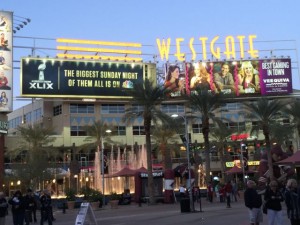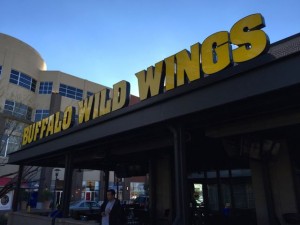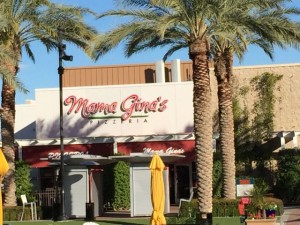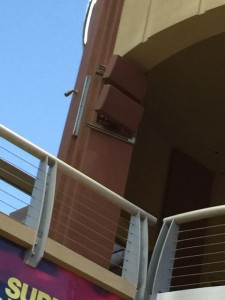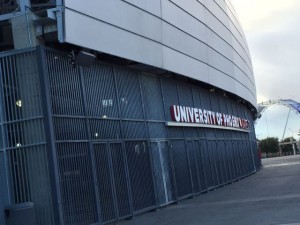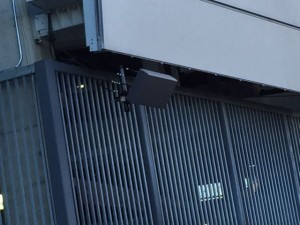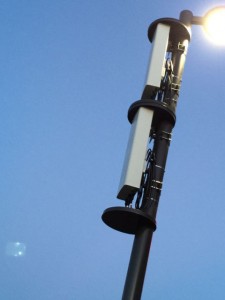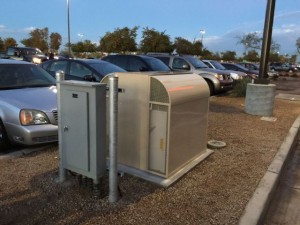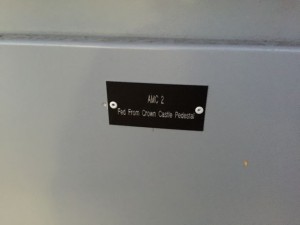Levi’s Stadium, the brand-new home of the San Francisco 49ers located in Santa Clara, Calif., has carried more than 45 TB of traffic on its Wi-Fi network through 20 events, according to Chuck Lukaszewski, very high density architect in the CTO Office of Aruba Networks, an HP Company (Aruba is the Wi-Fi gear suppler to Levi’s Stadium). During those events — 10 of which were NFL games, the other 10 a list including college games, concerts, a hockey game and a wrestling event — the Levi’s Stadium network saw approximately 415,000 unique users, Lukaszewski said.
Down in Texas, the home of the Dallas Cowboys reported some similar Wi-Fi statistics, with a total tonnage mark of 42.87 TB across 11 NFL games and six college games, according to John Winborn, chief information officer for the Dallas Cowboys Football Club. During those games the AT&T Stadium Wi-Fi network saw more than 500,000 unique connections, Winborn said. Winborn also said that AT&T Stadium saw almost an additional 10 TB in usage from concerts and from hosting the NCAA’s Final Four in 2014, pushing the venue’s Wi-Fi usage mark to 52.17 TB. “This [total] does not include our dirt events (Supercross, Monster Trucks, Rodeos) and other full stadium events that would give us an even higher number,” Winborn added in an email to MSR.
For comparison, for football games Levi’s Stadium has a normal capacity of 68,500, with additional seating available (including on-field seats for concerts and other events) that can bring capacity to nearly 80,000. AT&T Stadium has a listed football capacity of 85,000, but that number can also be expanded with standing-room only numbers; according to Wikipedia AT&T Stadium had a record 105,121 fans in attendance for a Cowboys football game on Sept. 21, 2009, and had 108,713 fans in the stadium for the NBA All-Star game on Feb. 14, 2010.Single-day connections for both pass Super Bowl marks
And while the most recent Super Bowl at the University of Phoenix Stadium in Glendale, Ariz., still holds what we believe to be the highest single-game data mark for Wi-Fi traffic at 6.2 TB, both Levi’s Stadium and AT&T Stadium have had events with Wi-Fi usage totals exceeding 4 TB, with March’s WrestleMania 31 hitting 4.5 TB at Levi’s Stadium and the January College Football Playoff championship game recording 4.93 TB of traffic at AT&T Stadium.
Both AT&T Stadium and Levi’s Stadium surpassed the Super Bowl when it came to high-water marks for single-game connected user totals; somewhat ironically, AT&T Stadium set what is probably the highest-ever Wi-Fi connection total of 38,534 unique users (out of 91,174 in attendance) during last season’s home opener against the visiting 49ers. According to Winborn, the total was reached “largely due to heavy in-game promotion around the Wi-Fi upgrades and new stadium app.”At Levi’s Stadium, the season home opener against the Chicago Bears saw 29,429 unique users on the Wi-Fi network, which was more than the 25,936 unique devices connected to the network at Super Bowl XLIX in Arizona. Levi’s Stadium also saw the highest number of concurrently connected users, 18,900, at the Bears game, compared to a high of 17,322 at the Super Bowl. At AT&T Stadium, Winborn said the season high for concurrently connected users was 27,523, recorded during the Cowboys’ home playoff game against the Detroit Lions.
Looking ahead to Super Bowl 50
According to Aruba’s Lukaszewski, the Wi-Fi network at Levi’s Stadium “did what it was supposed to do” last season, carrying high loads of wireless traffic. One stat the Levi’s team invented for its own network was “amount of time the network spent carrying more than 1 Gbps” — a total that Lukaszewski said reached 21 hours and 30 minutes across the 10 NFL events, and 31 hours 40 minutes across all 20 events.
For the upcoming football season and the hosting of Super Bowl 50 next February, the Levi’s Stadium Wi-Fi network will get some strategic Wi-Fi AP upgrades, specifically along some of the concourse areas where groups of standing fans had effectively blocked signals from under-the-seat APs near the tops of seating rows. Lukaszewski said the stadium team would add additional APs in areas where fans are spending time standing, as well as in concourse and plaza bar areas, where some structures were added during the season. Levi’s Stadium is also planning to deploy temporary under-the-seat APs when additional bleacher seats are added for the Super Bowl, Lukaszewski said.
